Read on for a brief round-up of surfacing-related stories from the month of June
Surfacing is what takes a structure to a sculpture. The muscles on top of the skeleton. Pick your analogy, but it ultimately describes the, well, surfaces of the car. These can be soft, clean and glass-like. Others might be sharp, busy and geometric – like origami. Some might draw inspiration from the flow of waves, others from animal movements.
So far, we have we spotlighted past concepts such as the Mazda Shinari which pioneered the Kodo design language, and the 2001 Citroen Osée. Both are a masterclass in carefully considered bodywork, the latter featuring a roof and engine cover that converge to form a boat tail. Then there was the curious Mercedes Bionic concept, inspired directly by the the Yellow Boxfish. Mirroring the shape of the fish’s side fins, the car’s bodywork flows from the sill upwards and across the top of the rear wheel.
In today’s age of shared platforms and democratised technology across multiple brands, surfacing is arguably the true differentiator. Taking the same chassis and underpinnings but moulding a vastly different look on the exterior. Look to groups such as Stellantis, Volkswagen and Hyundai as examples among many others.
The Renault 5 E-Tech and new Nissan Micra both share the same platform, for example, which is evident by the wheelbase and overall footprint on the road. The Renault has a more up-right nose and sharper edges in practically all areas, the Micra is far more rounded. One is chiselled, one is sanded flush. Lighting, CMF and branding of course play significant roles, but at first glance it is surfacing that makes the difference.
Designers always find a way to evolve and elevate when faced with a set of constraints. We have seen this with evolving crash safety requirements over the decades, prompting new bumper and body forms. The mass commercialisation of electric vehicles – moving from high-tech to new normal in about 15 years – brought a fascination on range anxiety which pushed aerodynamics up the pecking order.
Indeed, body surfacing plays a crucial functional role. Air resistance is significantly influenced by the shape and ‘texture’ of a body panel. Smooth, flowing surfaces generally reduce drag and help the car to cut through the air, which may be the root of the recent “design homogeneity” narrative: recent years have brought a wave of familiar-looking EV crossover types that all appear to have been sculpted by air. We’ll learn more about this in a CDN livestream on 25 June (there is still time to register!)
It is not always about range and efficiency. The wind tunnel can lead to outlandish exteriors that have been crafted in the name of downforce, acceleration and cornering grip.
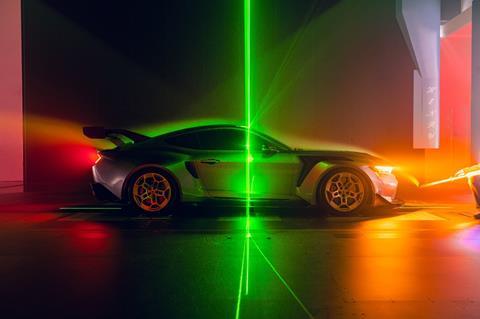
What then for the future of surfacing. Will geography and culture influence in new ways; will emerging materials enable different approaches; or will evolving regulations and safety recommendations encourage designers to find a fresh set of workarounds. History would suggest all of the above, and we look forward to following those trends with a beady eye.
For now, visit some of the stories from this month with a surfacing slant:
- Audi designer Gary Telaak spoke about the original Audi TT and the importance of proportions.
- Deputy editor Freddie Holmes tested the spaceship-esque Xpeng G6.
- Stefan Rosen spoke about building Lynk & Co’s new form language.
- Gordon Murray spoke of the friction that can make surfacing a challenge: “In road cars where you must integrate a whole design with the aerodynamics, the crash requirements, and so on, there’s a general war between the studio and engineering.”
- Aysar Ghassan explored the death and resurgence of symmetry in car design.
- The anniversary of the Art Deco movement prompted a look back into the archives with some stunning, stunning bodywork.
- Ditto from Bovensiepen, the new brand led by the Alpina boss of the same surname.
There is more to come, so check back here for updates through to the end of the month.
Coming up in July will be a deeper dive into a topic that is clearly closely linked to surfacing: aerodynamics.

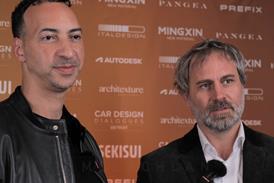
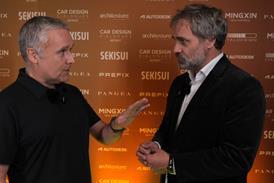

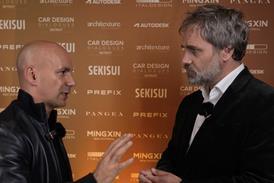
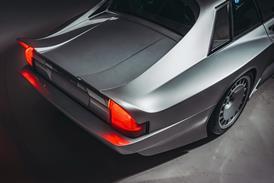

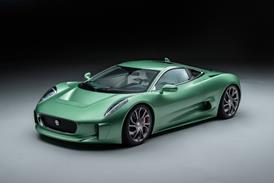
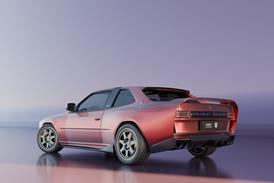

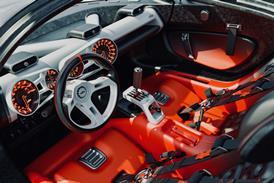



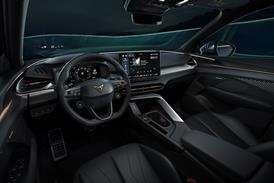
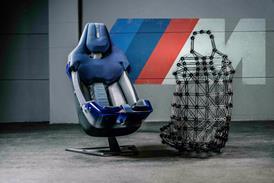

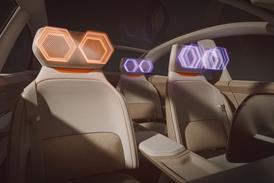
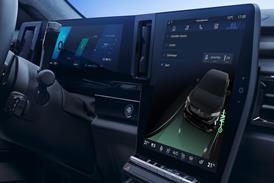
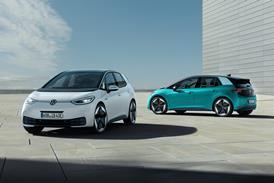

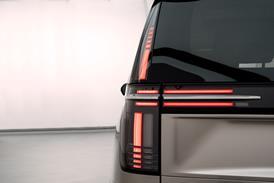

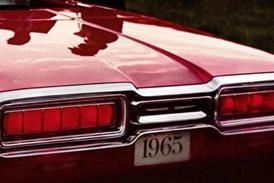
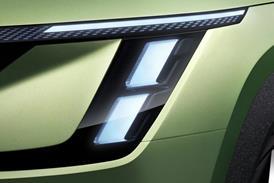




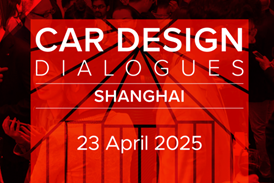

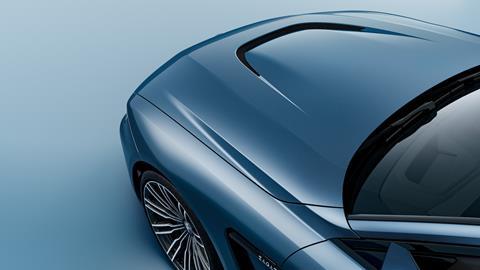
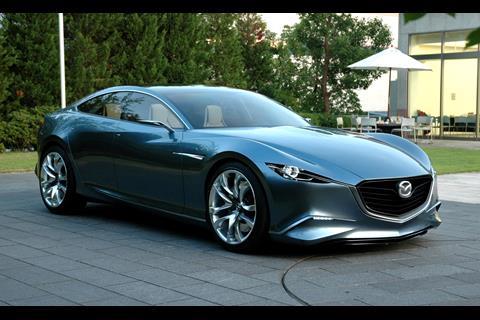
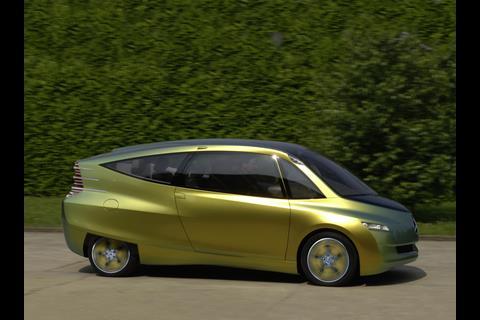
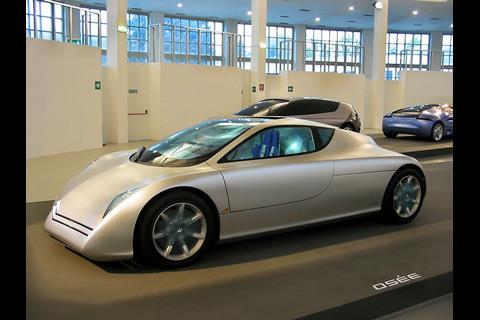

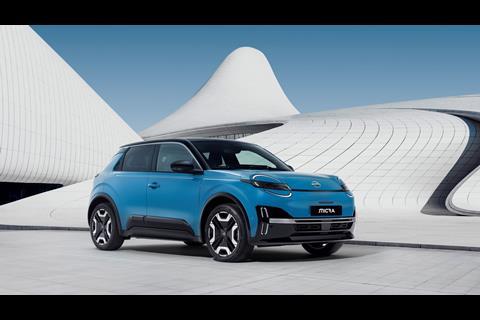

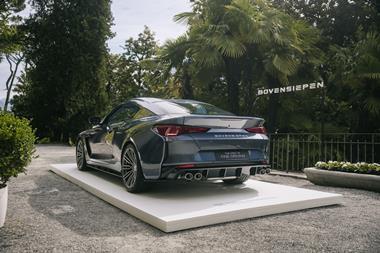

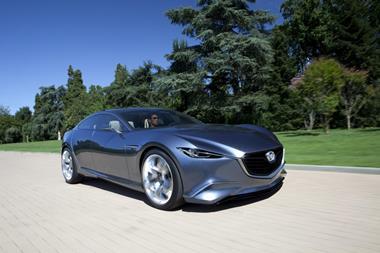
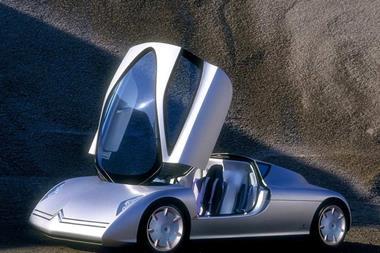
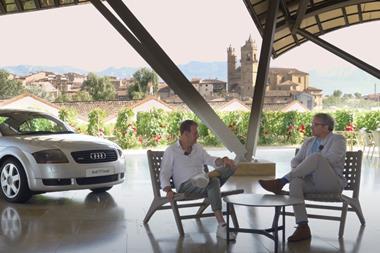



No comments yet